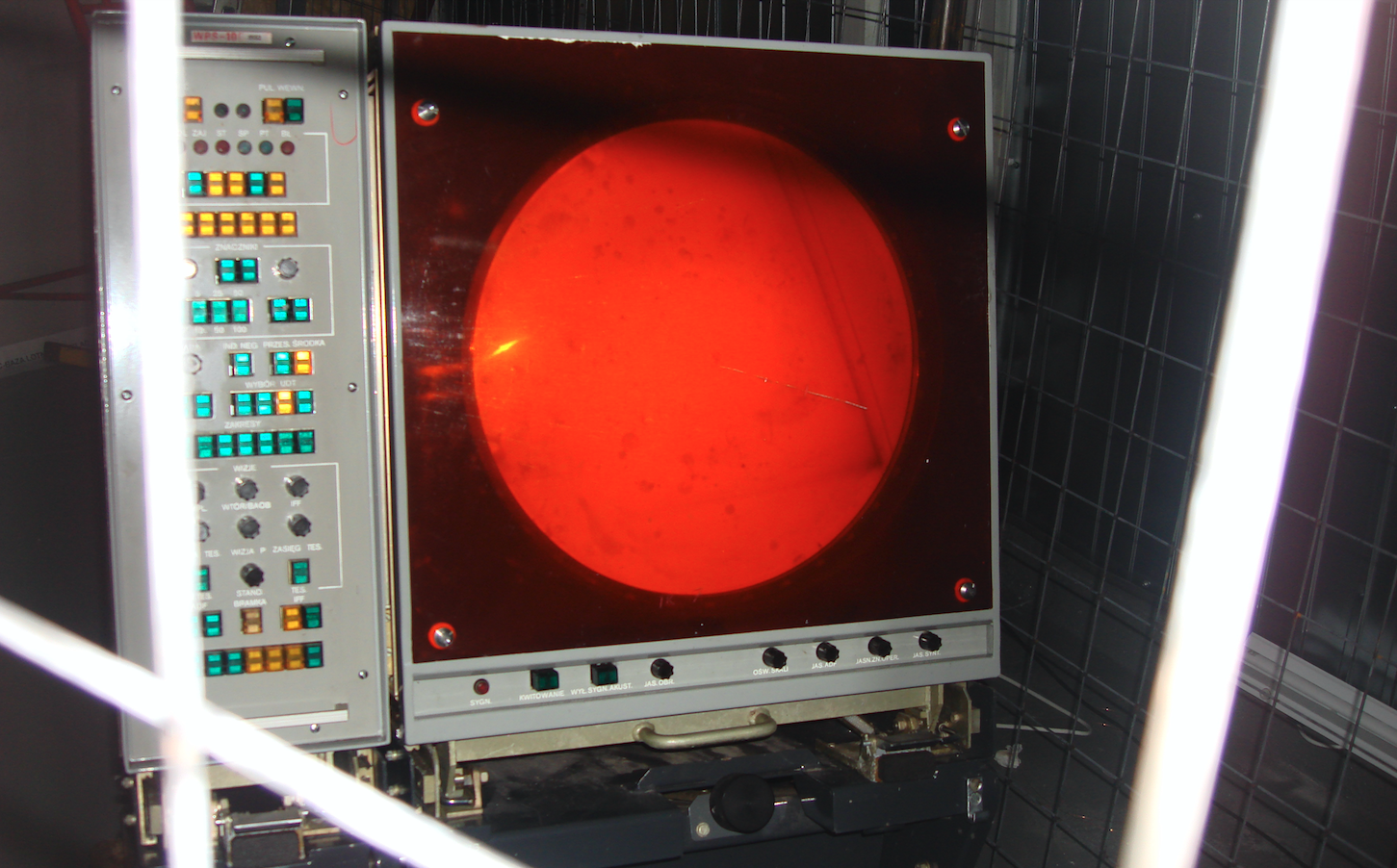Kraków 2014-02-07
Polish AVIA radar.
The family of AVIA radars.
The 50s of the twentieth century was a dynamic period of the development of radiolocation in Poland. This was due to several important factors. Firstly; it was a new field, perfectly suited to the military layer. Secondly; relatively high funding. Thirdly; support from the authorities in Moscow. Fourthly; export possibilities of new equipment. The entire task was headed by PIT (Industrial Telecommunications Institute), with research centers in Warsaw, Wrocław and Gdańsk. The Military University of Technology provided support. RAWAR-RADWAR became the production plant. And finally, the Ministry of National Defense, which carried out field tests and was the future user of the developed and built radar equipment. Behind the names of these organizations were hardworking, talented and unconventional engineers and technicians. In such conditions, one of the leading and stronger in the world was born - Polska Radiolokacja.
The main beneficiary of these achievements was the Polish Army. For this reason, it was difficult to promote the achieved achievements. But there was a chance. Namely, the use of radiolocation in civil aviation. And that's how it happened. This is how the family of AVIA radars was born.
Work on radars for civilian ATC (Air Traffic Control) systems began at PIT (Industrial Telecommunications Institute) as early as 1956. These were ATC (Air Traffic Control) radars, namely ATCRBS (Air Traffic Control Radar Beacon System). This type of radar is a system used in civil aviation for air traffic control, enhancement of radar surveillance and air traffic separation. PIT was based on the experience gained, the already started production of the first JAWOR radars and on trends in global communication (commercial) aviation.
The antenna of the radar station must be stable during operation. The military radar unfolds in random flat terrain or on small artificial hills. Then, the antenna module of the device is anchored with the help of guylines and supports so that the rotational movement of the antenna does not cause sway and, as a result, disturbed radar echo. The influence of the wind was not so great, because the height of the set is not so high (about 6 m). When starting to design a stationary version of the radar, the designers wanted to use this advantage and raise the antenna much higher. Laboratory tests showed that the antenna should be at a height of 20-30 m. Technically, it was decided to use a steel column (pipe) mounted on a solid foundation. Inside, there are metal, spiral stairs, waveguides and power supply for the rotary mechanism. This type of base was easy and quick to make, stable and relatively cheap. Waveguides ran to the neighboring building, where the apparatus, means of communication, power supply and operator stations were located.
The project was approved for implementation. The location of the first set was obvious - Okęcie Airport. Nevertheless, the place itself had to be precisely marked. The following elements were highlighted; the possibility of local disturbances, the foreground as clean as possible and keeping the secret. The site was selected in the Paluch settlement at Na Skraju Street. The radar was codenamed AVIA, probably from the word aviacja, which in interwar Poland was associated with air navigation. (Information requires confirmation).

Description of the photo: Operator station with indicator. There was also a control and communication desk in front of the operator. The AVIA-D radar had three such positions. Two positions were in the operating room of the control center. One stand was in the room of control and steering apparatus.
Written by Karol Placha Hetman
